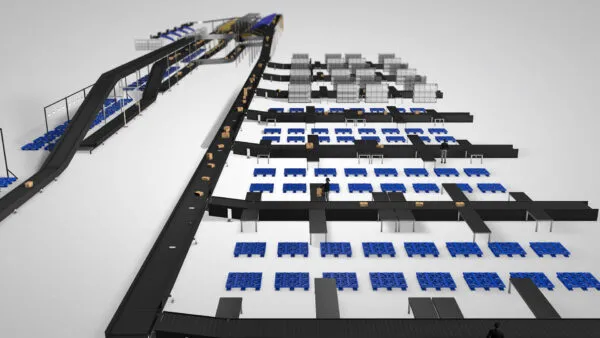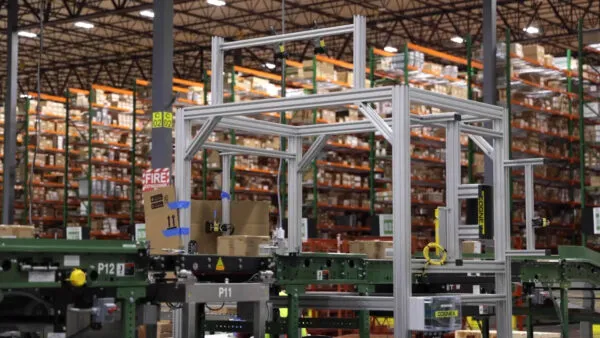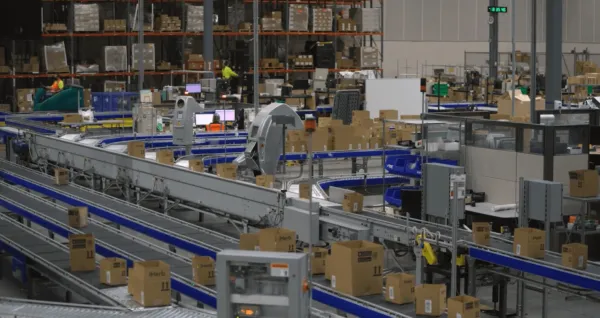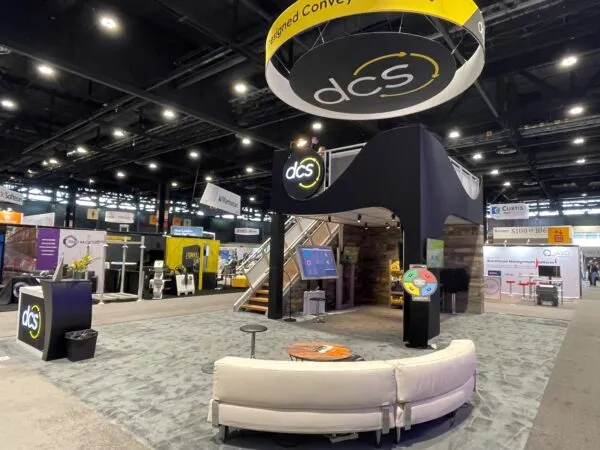Every spring, the Warehousing Education and Research Council (WERC), a part of MHI, researches and publishes the DC Measures Annual Survey and Report on Industry Metrics. It surveys warehouse operators to determine which of a list of 53 metrics were the most used to measure performance in the prior 12 months. The report publishes those findings, as well as a comparison and assessment of respondents’ warehousing effectiveness.
The DC Measures research team queries warehousing practitioners from a broad range of industries, including retail, manufacturing, wholesale/distribution, third-party logistics (3PL) service providers, and more. Respondents’ companies represent a broad range of sizes, from less than $100 million to more than $1 billion in annual sales. The report also encompasses several different facility types, picking practices, end customers, and locations.
This diversity of input — and WERC’s new online benchmarking tool, which makes it easy to slice and dice the data most relevant to a unique operation when comparing its performance to that of others — underscores its value as a tool for operational improvement. Throughout my career, I’ve reviewed and referred to WERC’s DC Measures multiple times. It’s a great resource for both companies at the outset of their metrics journey, and those who are long-time metrics practitioners.
A few things jumped out at me in the 2022 report that I found very interesting and wanted to share here.
It’s Tough to Perform in a Pandemic
The report data we are covering here is from 2021. During that time the first vaccines were just beginning to roll out, countries were still shutting down in response to wave after wave of new virus variants, social distancing was still in fashion. Severe understaffing at major ports caused ocean-bound shipping carrier traffic jams that left inventory floating in limbo for several weeks. Staffing at warehouses and distribution centers became even harder to attract and retain. Capacity shortages persisted. Supply chain managers couldn’t catch a break.
As a result, performance levels across the board fell across all types of companies. Why? The report attributes that fall to the unpredictability that beset supply chains in the months after the emergence of COVID-19. Virtually every metric showed a decline in performance over the previous year. That included the best-in-class operations with the highest 20% of scores, to the major opportunity operations with the lowest 20%.
When faced with so many obstacles, widespread drops in performance were commonplace across virtually every company in every part of the supply chain and in every industry. If anything, the report reinforces how hard it is to improve operational metrics when so many factors key to those measurements were beyond managers’ control.
That shouldn’t become a justification to abandon performance measurements and comparisons to others, by the way. To my mind, the findings verify that many operations did the best they could in trying times. Nobody was unique in facing operational challenges in 2021.
Customer Service Was the Top Strategy
In a previous post, I explained that the operational metrics of a warehouse or distribution center should align with the overarching organization’s strategy for success in its marketplace. The DC Measures report examines this alignment in detail. It identifies four different strategic approaches, each of which requires different metrics to achieve. They include:
- Cost leadership (actions focused on reducing costs)
- Innovation (cyclical generation of new or refreshed products)
- Customer service (providing superior experiences to end user)
- Mix (being all of the above)
In 2021, with all the pandemic-driven supply chain upheaval, keeping customers happy was paramount. It showed in the report, which found that 45.1% of firms prioritized customer service over all other strategies. In response, operations also focused on increasing customer satisfaction. With the increase in e-commerce shopping — and the relative ease with which consumers could compare inventory availability, prices, and shipping charges — operations pulled out all the stops to prevent customers from migrating to competitors.
Most Popular Metrics Reflect Customer Service Focus
DC Measures’ research team reported that top five most used metrics by survey respondents were:
- Average warehouse capacity used
- Order-picking accuracy
- On-time shipments
- On-time ready to ship
- Peak warehouse capacity used
Every warehouse manager worries about having enough space to store inventory; that’s an ongoing concern. It’s also likely to be an even bigger issue this year, as port congestion eased up and the backlog of inventory flooded facilities nationwide.
But the other three most used metrics — order-picking accuracy, on-time shipments, and on-time ready to ship — are all customer-focused. Eliminating picking errors ensures that customers get what they ordered, and usually it’s okay if the shipment is a little late, but it’s not okay if it’s the wrong thing. On-time shipments calculates the percent of orders shipped at the planned time; on-time ready to ship refers to the number of orders ready for shipment on time. Both of these metrics are critical in a time where customers have unprecedented choices among where to buy. The company that gets the order is the one that consistently gets things out the door on time.
What’s Next?
What will the next DC Measures reveal about warehousing performance this year? It will be interesting to see if the focus on customer satisfaction continues to drive metrics selection. I’m also curious to see how the increased investment in automation throughout operations of all sizes impacts performance metrics.
WERC released another update at this year’s Annual Conference. I encourage you to contribute your own performance metrics to a future survey. It’s a valuable exercise that benefits both your operation and the supply chain industry as a whole.
Need help implementing a metrics and benchmarking process to improve operational performance? The DCS consulting team is available to assist. Connect with us.
Author: John Knudsen, Project Director, johnk@designedconveyor.com









